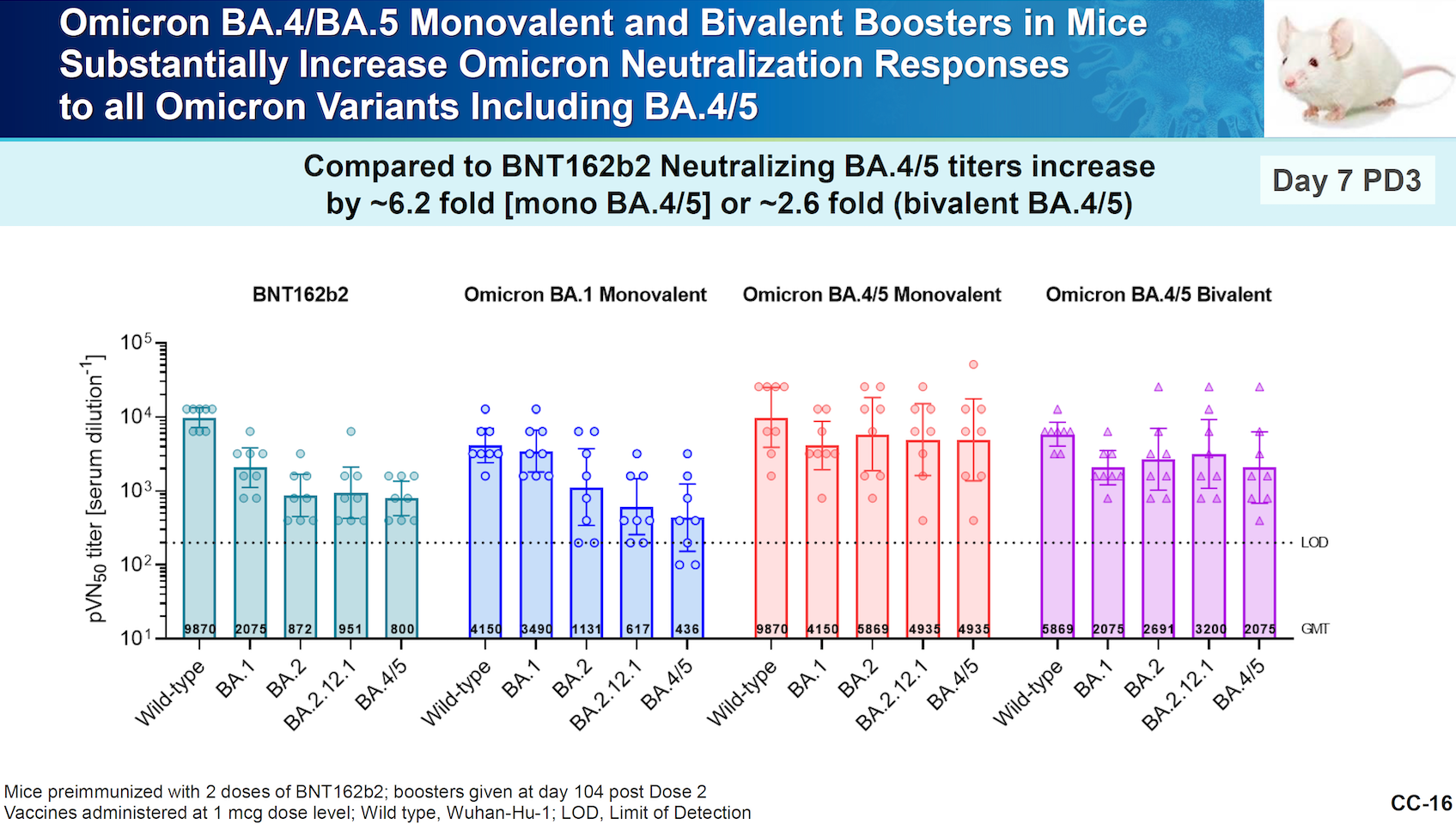FDA VRBPAC Meeting: Bivalent Vaccines, Natural Immunity, Imprinting and COVID-19 Hospitalization Rates
The FDA's Vaccines and Related Biological Products Advisory Committee laid out a simpler direction for SARS-CoV-2 development and deployment.
Kevin Kavanagh, MD

The recent FDA’s Vaccines and Related Biological Products Advisory Committee (VRBPAC) meeting (Jan. 26, 2023) was a pivotal meeting that discussed and laid out a new direction for SARS-CoV-2 vaccine development and deployment. The committee addressed and discussed 3 out of the 4 recommendations that were proposed in an Infection Control Today® article regarding future directions for vaccine development. The most important was the recommendation that the initial vaccine exposure should be to a bivalent vaccine. In addition, there was a discussion of creating a schedule for periodic vaccine reformulation and the need for entirely new vaccines which have a longer duration and higher rates of protection.
Vaccine Compositions
The call for reformulation of SARS-CoV-2 vaccines was to “harmonize” the vaccine’s composition which would make supply, administration, and patient education simpler. All of this is true and very important, but there was very little discussion regarding immune imprinting. This topic was briefly mentioned by Kena Swanson, PhD , who discussed strategies to maximize SARS-CoV-2 vaccines for new emerging strains. One of the strategies was to search for “potential approaches which may better overcome immune imprinting.” When asked to expand during the Q & A period, she replied that we know there is a benefit to including an Omicron (BA.5) component in the vaccine for the prevention of infections from sub-lineages of Omicron, but that “we know the history” and referenced influenza, “where there is much more extensive year-to-year data of where there may be potential of some immune imprinting and how do you best overcome that?” They will be looking at all of that data “to better understand how much of a hurdle (immune imprinting) may or may not be for SARS-CoV-2.”
Omicron Boosters in Mice

In addition, concerns for immune imprinting were raised regarding animal research presented at the Sept. 1, 2022, CDC ACIP meeting. All animals were vaccinated with the original SARS-CoV-2 strain. A group was then given a monovalent BA4/5 booster. This group had a robust and one of the largest recorded responses to the original viral strain. In addition, booster efficacy data from several other studies have shown what some would describe as a less-than-the-expected advantage of the bivalent booster over the original booster.
Immune imprinting has recently been discussed in a comprehensive news feature in Nature entitled: “How your first brush with COVID warps your immunity.” This phenomenon was first observed with the Seasonal Flu and an ominous warning given by evolutionary biologist Katie Gostic, PhD “We saw this remarkably clear pattern that you seem to be much more susceptible, at least to severe infection, if you had been imprinted in childhood to a mismatched subtype.” Kate Gostic also stated, "you are better off having some immunity no matter what it is.”
In individuals without a previous infection, the better match the original vaccination has to the current viral strain, the better the immunological response will match to future infecting pathogens and the less impact any potential imprinting will have.
Counting COVID-19 Hospitalizations
The severity of COVID & hospitalization rates were also brought into question. One committee member presented data and the reporting methodology used by the State of Massachusetts. He felt that CDC-reported hospitalization rates may be 3 times as high as actual rates. It should be stressed that under the strict definition used by Massachusetts, only severe pulmonary manifestations of COVID-19 where dexamethasone was administered are counted. The metric used for counting COVID-19 hospitalizations affects estimates of not only the severity of COVID-19 but also estimates of vaccine effectiveness. Lower hospitalization rates will cause the severity of COVID-19 to fall and vaccine effectiveness to rise.
However, I feel the contention that the CDC is overcounting rates of hospitalizations by a factor of 3 is feeding into the narrative of COVID-19 minimizers. This is the old fringe talking point of “hospitalized because of, not with COVID.” Focusing on severe pulmonary hospitalizations also denies the reality that SARS-CoV-2 affects every organ of the body and ignores the fact that there is an increase in SARS-CoV-2 hospitalizations from cardiac manifestations, strokes, autoimmune disease, and infectious diseases due to post-COVID immunosuppression.
In addition, none of these metrics will capture few, if any, stealth hospitalizations and deaths due to a plethora of delayed systemic organ damage (cardiac strokes, etc.) which occurs with SARS-CoV-2. These delayed manifestations can almost double the death count of acute COVID-19 and can occur in COVID-19-negative patients.
Natural Immunity
Other discussion topics included reducing the number of vaccine doses to one except for those who were immunologically naive and high-risk. As stated by Dr. Peter Marks for the FDA, the “Major issue is, the concept was that if you had COVID-19 or had been vaccinated previously, you would just need one dose versus others who might have multiple doses.” If adopted in the future, this would significantly recognize natural immunity. I must stress no one is recommending getting an infection to prevent an infection with this dangerous virus.
Finally, the committee appeared to want more data before recommending a boosting schedule. Many members stressed that such a schedule would have to be flexible depending on how high-risk a patient is. In other words, those over 65, immunosuppressed or obese may need a booster more frequently, such as every 5 to 6 months, as opposed to young, healthy individuals.
A schedule for periodically updating the formulation of the vaccine was also discussed. Possibly yearly unless an important variant arises sooner. The time needed to reformulate and bring a new vaccine to market is approximately 100 days.
The next step will be to send the vaccine reformulating recommendations to next month’s CDC meeting for final approval. Until then, recommendations for vaccination have not officially changed.
Phage Therapy’s Future: Tackling Antimicrobial Resistance With Precision Viruses
April 24th 2025Bacteriophage therapy presents a promising alternative to antibiotics, especially as antimicrobial resistance continues to increase. Dr. Ran Nir-Paz discusses its potential, challenges, and future applications in this technology.
Robust infectious disease surveillance, including rapid subtyping of influenza A, is essential for early detection, containment, and public health reporting of novel viral threats.